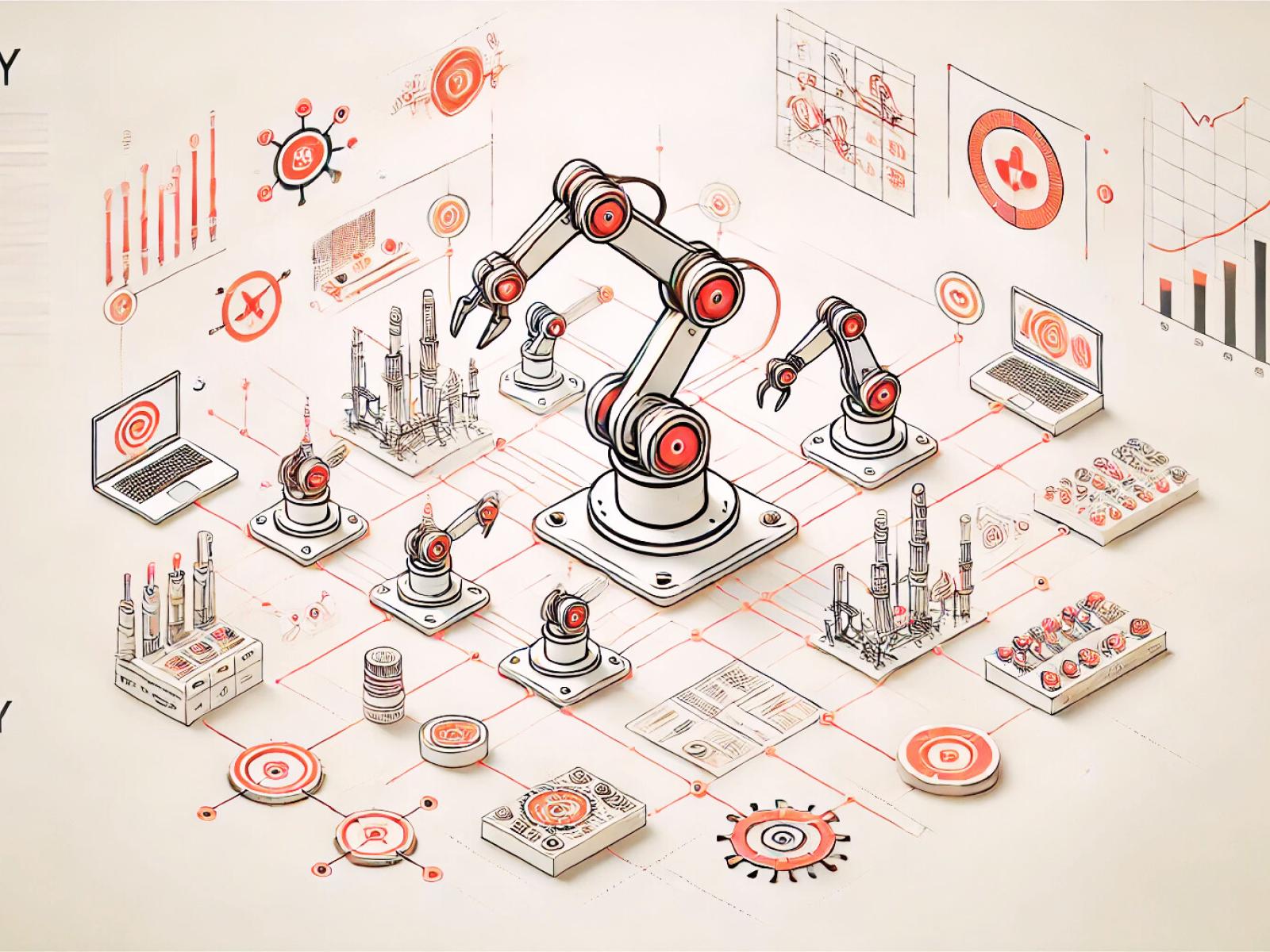- Determining the limits of consideration (intended use)
- Conducting risk assessments (risk analysis and evaluation)
- Defining the safety requirements
- Verifying and validating the safety requirements
- Supporting implementation and certification (external)
Safety and Systems Engineering (SSE) is the discipline that makes it possible to develop and implement complex technical systems while taking into account all safety-related aspects. At a time when technologies such as the Internet of Things, System of Systems, autonomous vehicles and smart factories are revolutionizing our working world, safety is becoming a crucial system component. Safety is not an isolated property of a single component, but a system property. Therefore, it is important to consider not only individual components, but the entire system.
In the context of SSE, methods such as scaled FMEAs (failure modes and effects analysis) or the shell model are used to ensure that technical systems are planned and implemented in a safety-compliant manner from the start of development. These modern analysis methods help to identify potential risks and to take safety requirements into account as early as the design phase.
The main difference between classic safety projects and SSE projects lies in the complexity and innovative strength. While many safety projects work within existing regulations, SSE projects often operate in an area for which there are no established standards. This is particularly the case when developing new technologies such as innovative sensor technology or electromechanical components. In such cases, it is necessary to do pioneering work and develop individual safety concepts.
A typical example of an SSE project is the development of a new sensor technology in the field of autonomous driving that aims to prevent collisions. Such projects require an interdisciplinary approach that takes into account all external influences on the system as well as the internal interactions between the subsystems. This ensures that the entire system works safely and reliably.
SSE projects often start with the co-development and analysis of a new system, where requirements have to be defined without the benefit of ready-made solutions or product-specific standards. The aim is to use systematic safety thinking to achieve objective safety verification and to bring new technologies to market safely.
Are you planning an SSE project or working on a new technology? Get professional support to implement your idea securely, from planning to realization.
